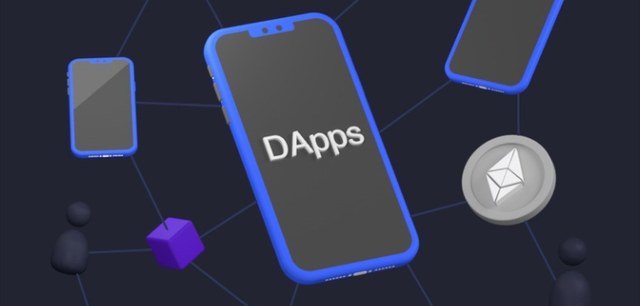Building Your Own DApps: Empowering Innovation on the Blockchain
Title: Building Your Own DApps: Empowering Innovation on the Blockchain
Introduction:
Decentralized applications (DApps) have emerged as a transformative force in the digital world, harnessing the power of blockchain technology to revolutionize industries and empower individuals. If you're fascinated by the potential of DApps and want to explore building your own, you've come to the right place. In this blog, we will guide you through the essential steps to develop your own DApp, empowering you to contribute to the growing ecosystem of blockchain-based applications.
Step 1: Define Your DApp Idea:
The first step in building a DApp is to define your idea and identify the problem it aims to solve or the value it intends to deliver. Consider the unique features and benefits your DApp will provide to users. Research existing DApps to gather inspiration and identify gaps in the market that your idea can fill. Remember, a successful DApp offers a compelling value proposition and solves real-world problems.
Step 2: Choose the Right Blockchain Platform:
Selecting the appropriate blockchain platform is crucial for building your DApp. Ethereum is a popular choice due to its robust infrastructure and extensive developer community. Other platforms like Binance Smart Chain, Polkadot, or Cardano may also be suitable depending on your specific requirements. Consider factors such as scalability, transaction fees, smart contract functionality, and community support when choosing your blockchain platform.
Step 3: Design Smart Contracts:
Smart contracts are self-executing agreements that automatically enforce the terms and conditions of a transaction. Design and develop your smart contracts using programming languages like Solidity (for Ethereum) or Vyper. Define the logic, rules, and interactions within your DApp using these smart contracts. Ensure thorough testing and auditing to mitigate vulnerabilities and enhance security.
Step 4: User Interface (UI) and User Experience (UX) Design:
Create an intuitive and visually appealing user interface to enhance the usability of your DApp. Consider the needs and preferences of your target users when designing the UI/UX. Aim for simplicity, clarity, and seamless navigation. Front-end frameworks such as React, Angular, or Vue.js can be used to develop the user interface of your DApp.
Step 5: Backend Development:
Implement the necessary backend infrastructure to support your DApp's functionality. This includes setting up servers, databases, and integrating with the chosen blockchain platform. Use appropriate backend technologies, such as Node.js, to handle data storage, user authentication, and interaction with the blockchain network.
Step 6: Testing and Deployment:
Thoroughly test your DApp to identify and fix any bugs or issues. Conduct both functional and security testing to ensure the stability and reliability of your application. Consider using testnets or simulators provided by the blockchain platform to simulate real-world conditions before deploying your DApp to the live network. Once satisfied with the testing results, deploy your DApp on the blockchain platform of your choice.
Step 7: Community Building and Marketing:
Building a vibrant community around your DApp is crucial for its success. Engage with potential users, developers, and enthusiasts through social media, forums, and developer communities. Gather feedback, address concerns, and continuously iterate to improve your DApp based on user input. Develop a comprehensive marketing strategy to create awareness and attract users to your DApp.
Step 8: Maintenance and Updates:
After launching your DApp, regular maintenance and updates are essential to ensure its continued functionality, security, and relevance. Stay updated with the latest advancements in blockchain technology, security best practices, and user demands. Actively address user feedback, fix bugs, and introduce new features to keep your DApp competitive and user-friendly.
Conclusion:
Building your own DApp opens up a world of opportunities to contribute to the decentralized revolution. By following the steps outlined in
